Cambodia Day 4, Part 1: Particularly Intricate Carvings at Banteay Srei
Having finally exhausted the temples that could be easily reached by bicycle, I arranged a ride to some of the farther flung temples and sights. After breakfast, one of the hotel clerks drove me on the back of his motorcycle out Northeast of the Angkor region to Banteay Srei.
The visitor's center here was far better than the average in Cambodia, and I particularly appreciated a poster that was a timeline comparing the construction of monuments around the world to those in Cambodia. Banteay Srei was built in the late 900s CE, around the same time as Kukulcan pyramid in Chichen Itza, Mexico. This was considerably earlier than the construction of Angkor Wat and Bayon, which were built around the same time as Notre Dame de Paris, around 1200 CE.
Even though Banteay Srei is older than Angkor, and somehow it has significantly more detailed carvings on every surface than even the incredibly ornate Angkor temples.
The site was painfully crowded. I almost decided to swear off photography in favor of links to other tourists' photos after seeing people line up and jostle for position to take exactly the same picture as everyone else in line. The experience reminded me of a scene from White Noise, a book I haven't yet read but that was described by the professor of my Existentialism class. The characters of the book visit a barn that is the world's most photographed barn. There isn't anything particularly special about it, but people take pictures of it because it is the most photographed barn in the world, and thus perpetuate that status. Consider it a meditation on arbitrariness, and the power of socially influenced perception (if everyone else thinks the barn is picturesque then it must be). Though I was impressed by the temple, I was glad to be out of the teeming mass of humans.
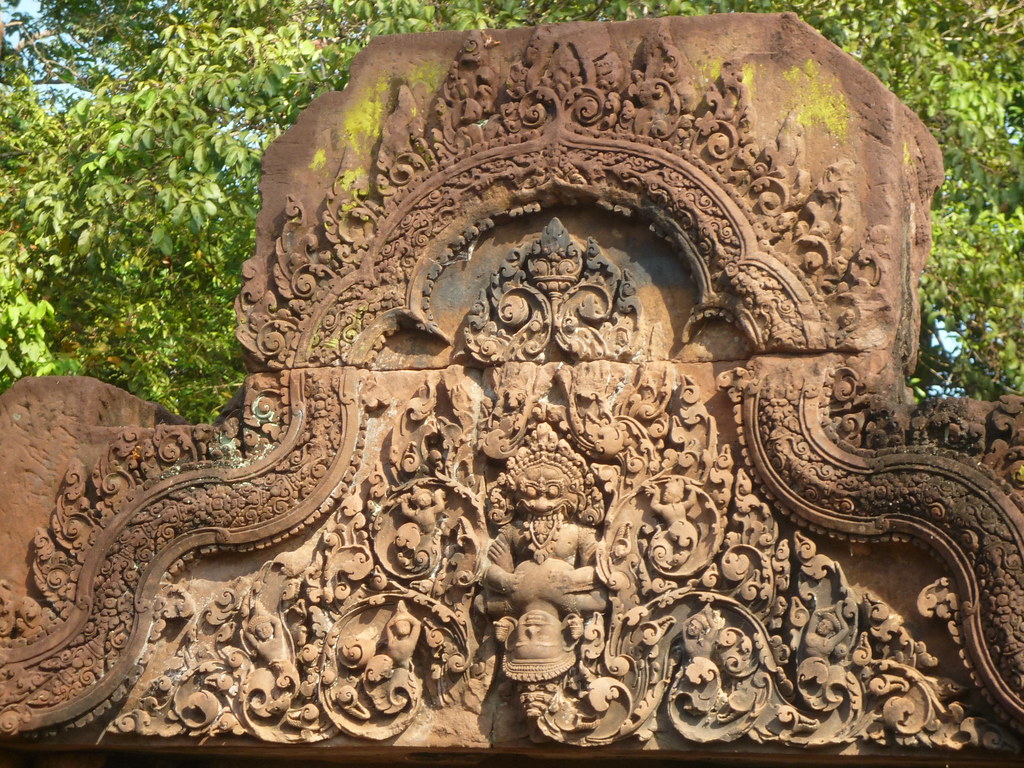
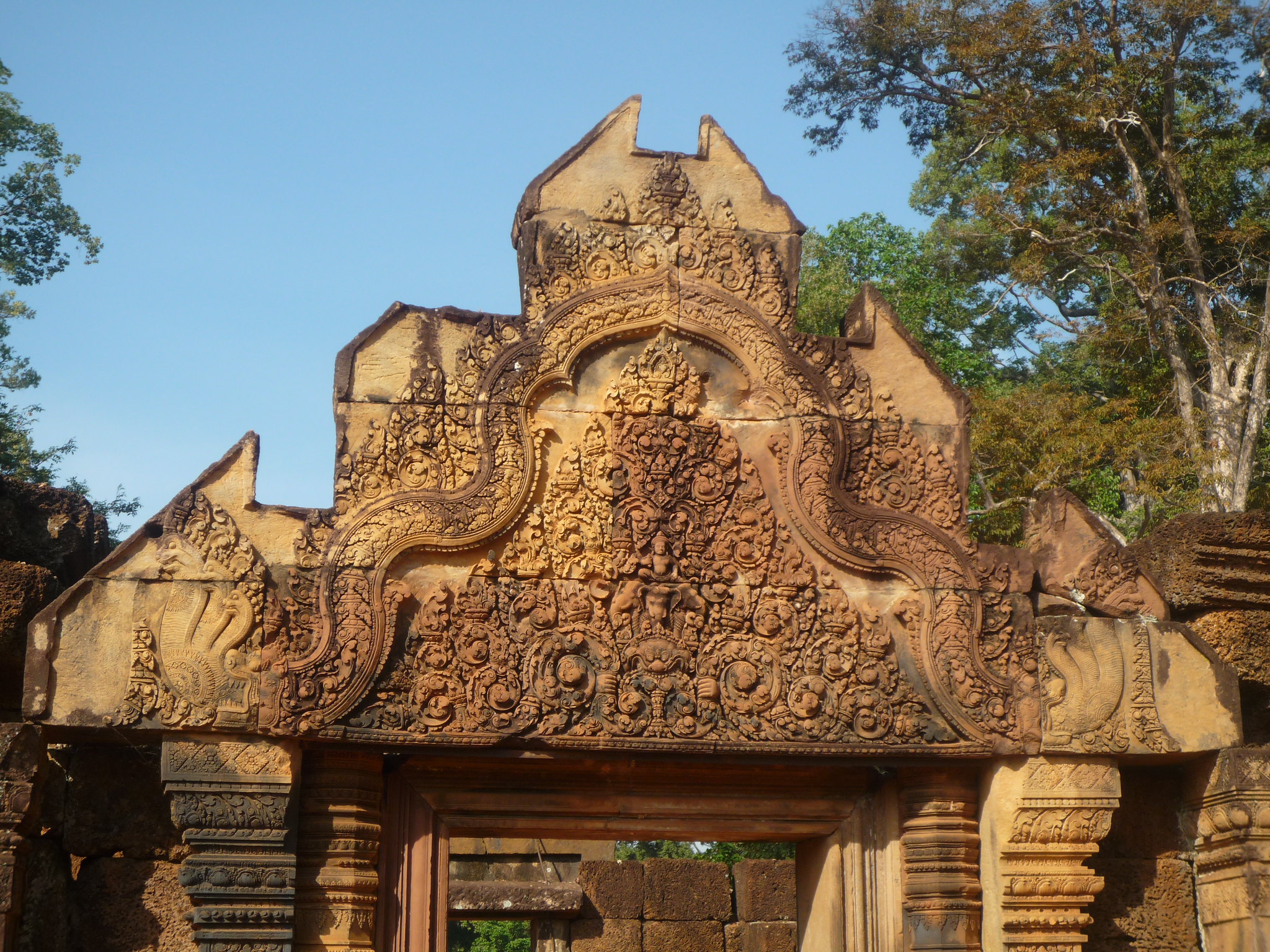
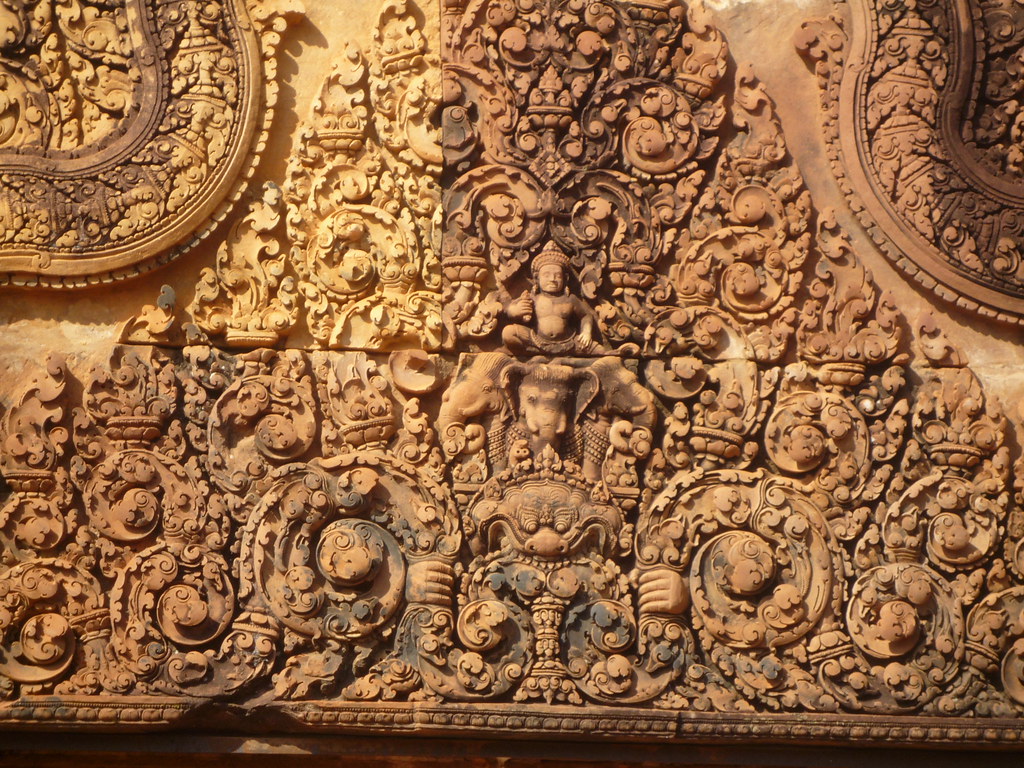
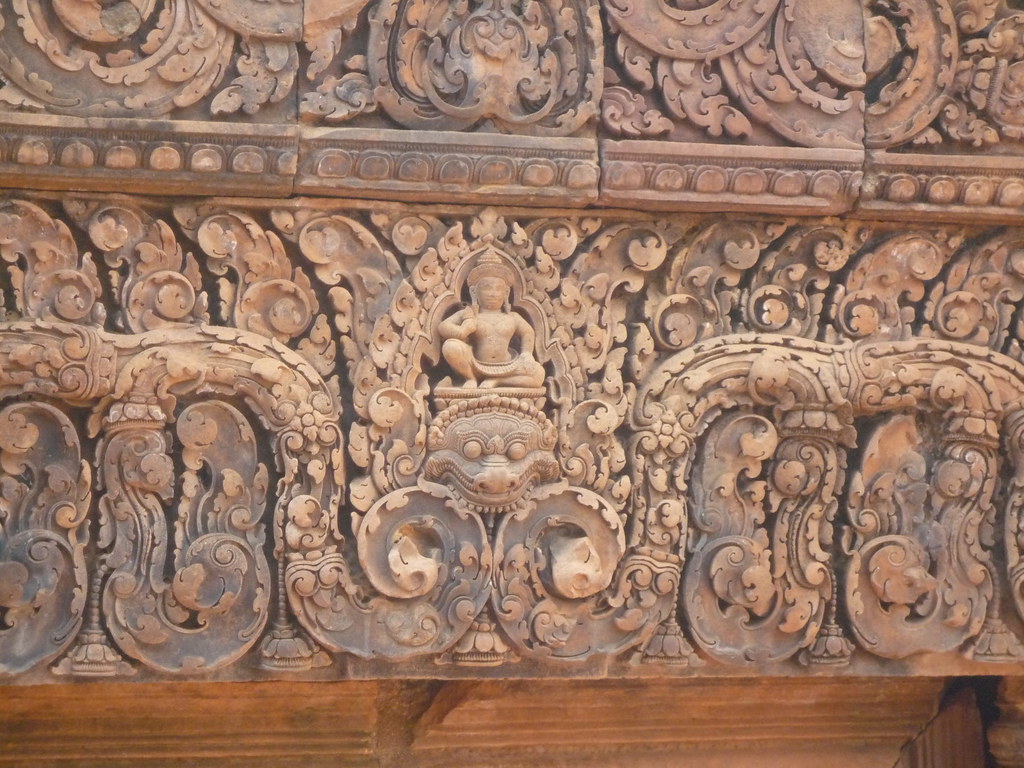
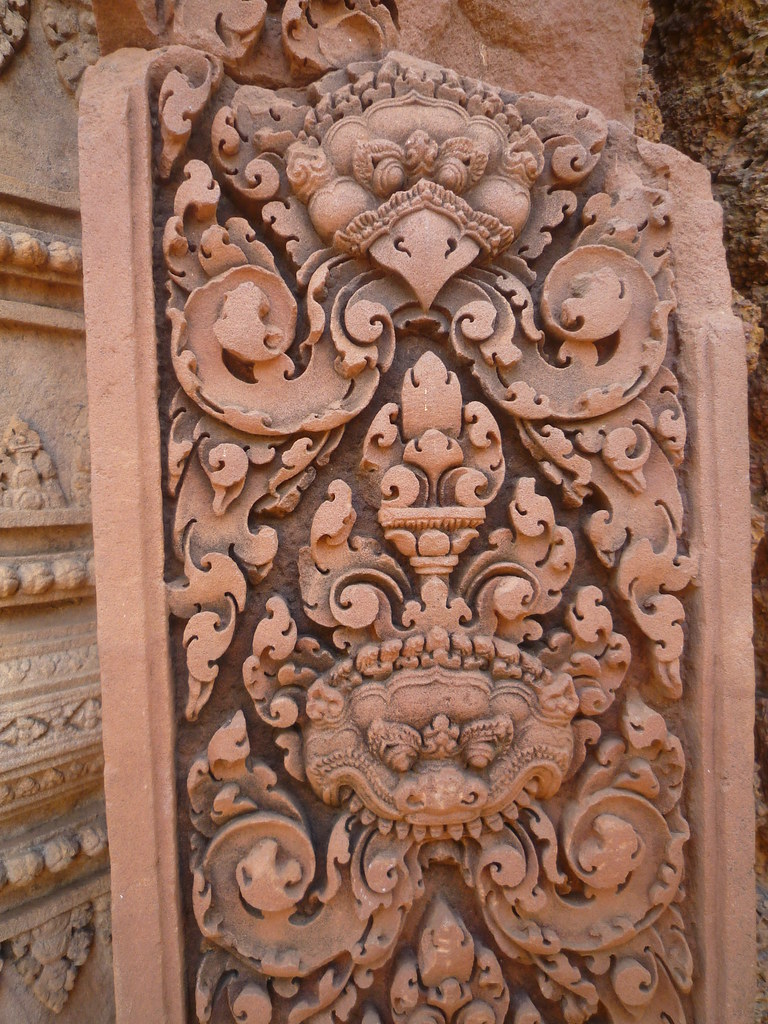

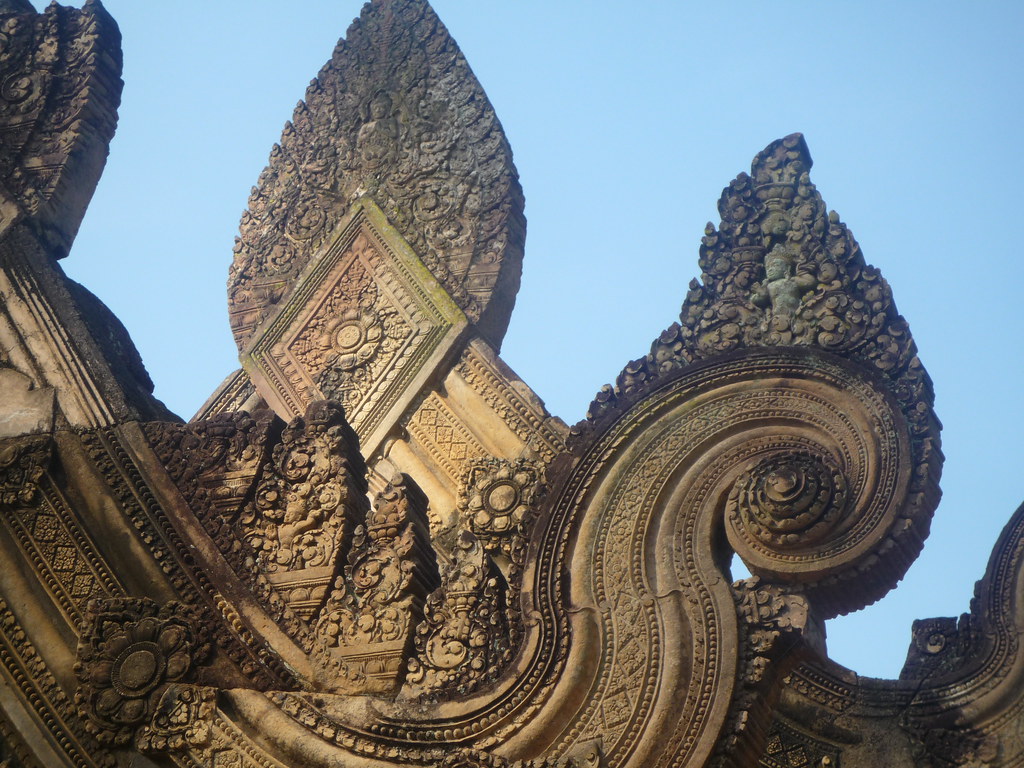


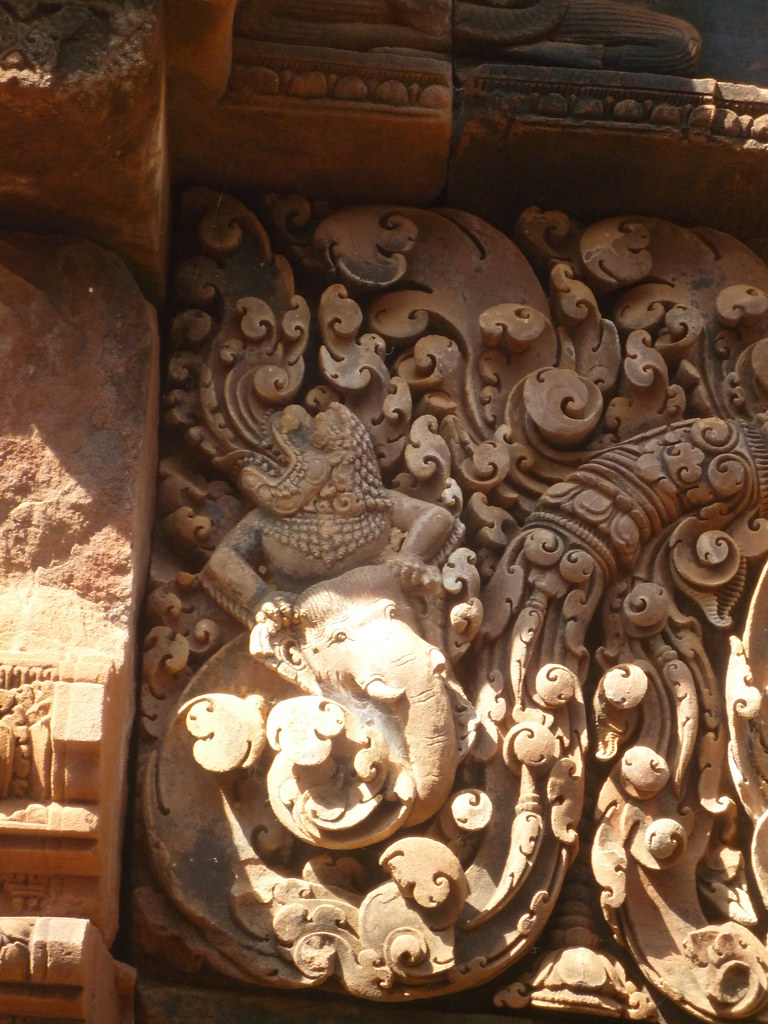

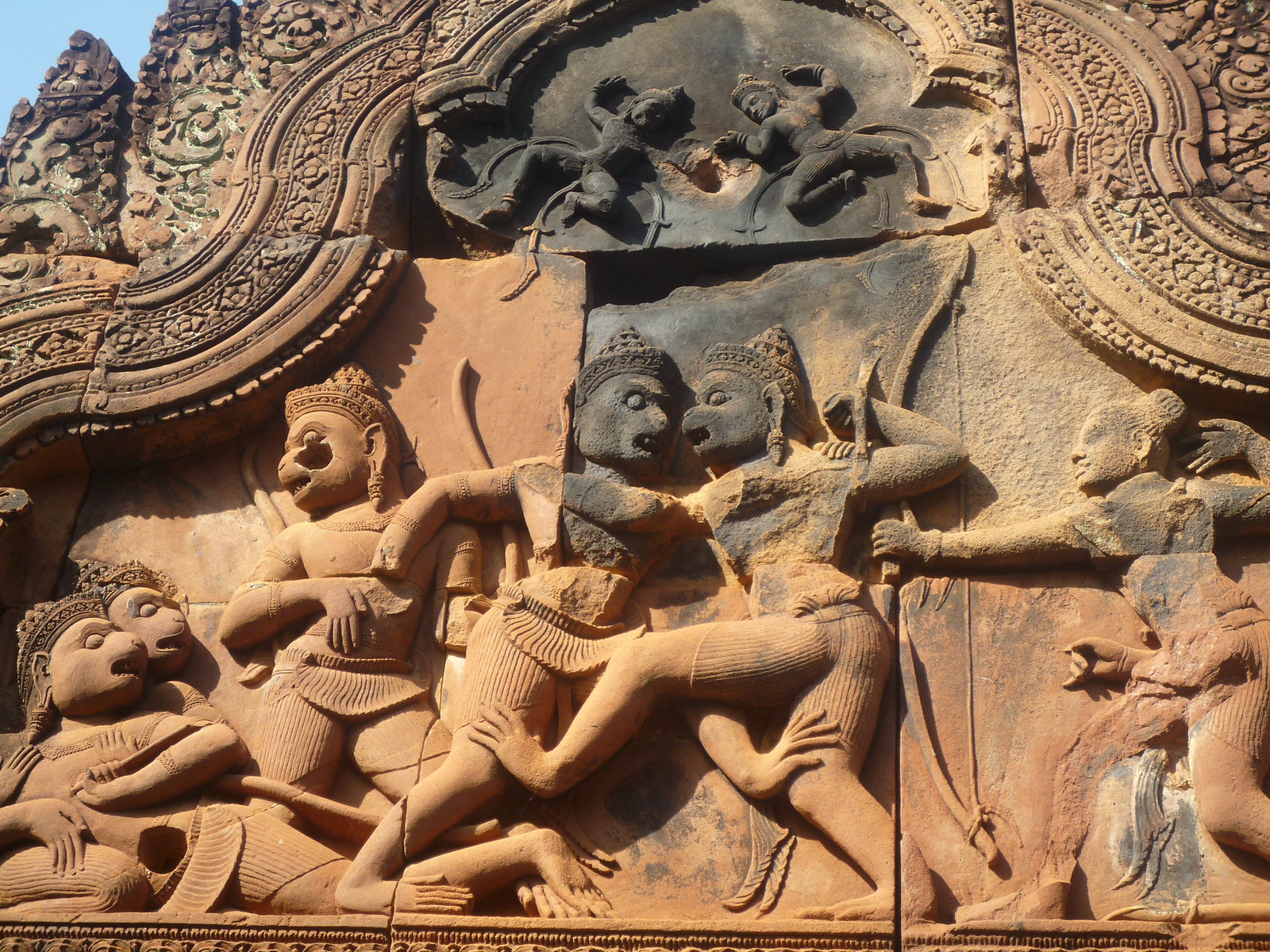
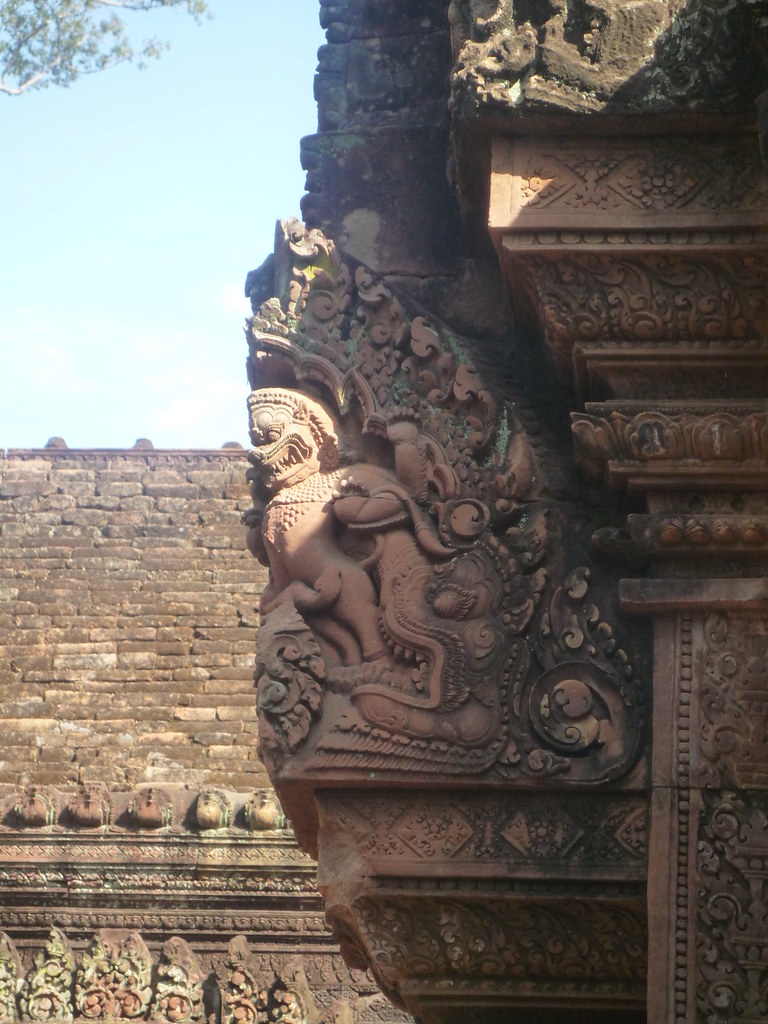
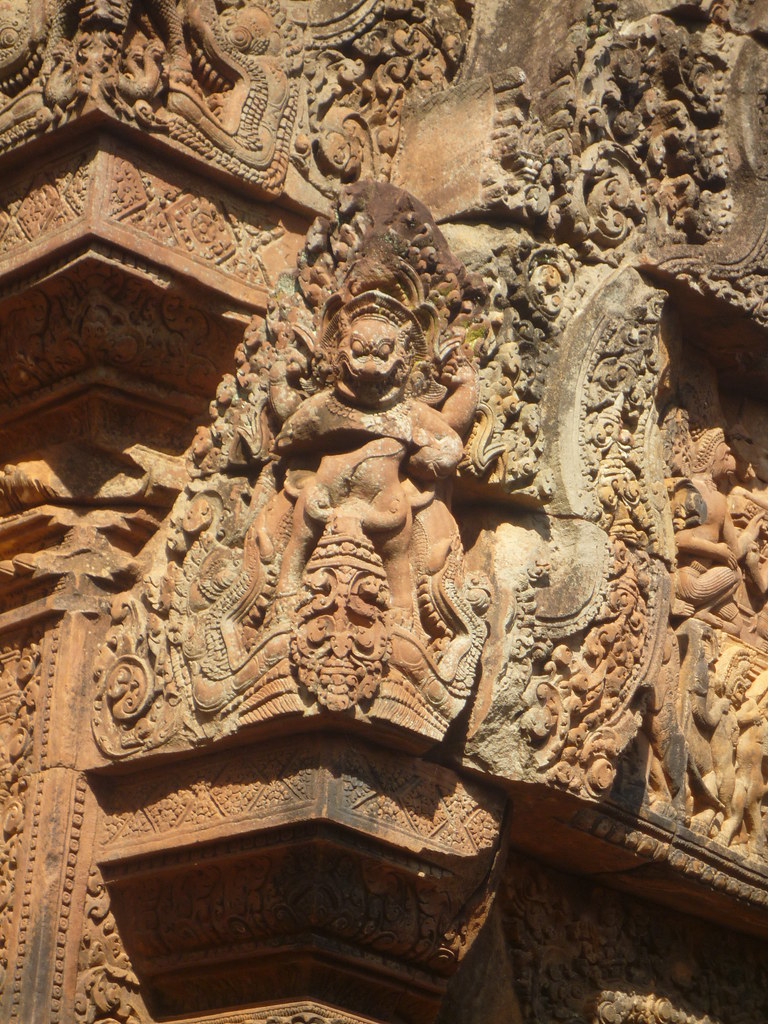
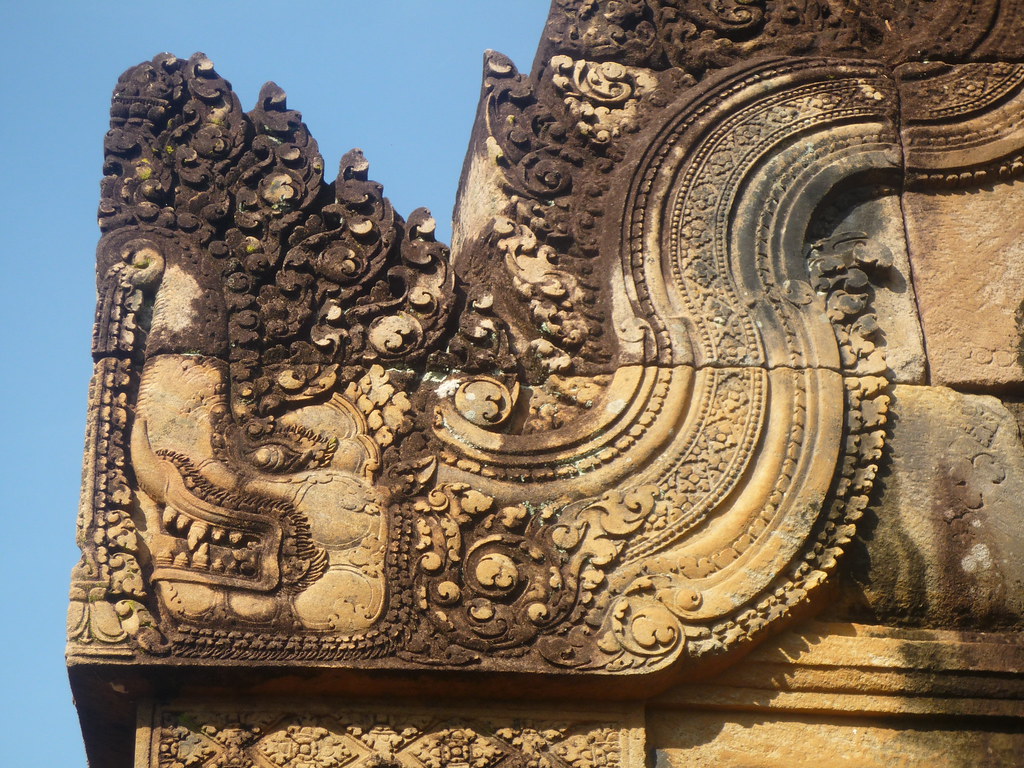
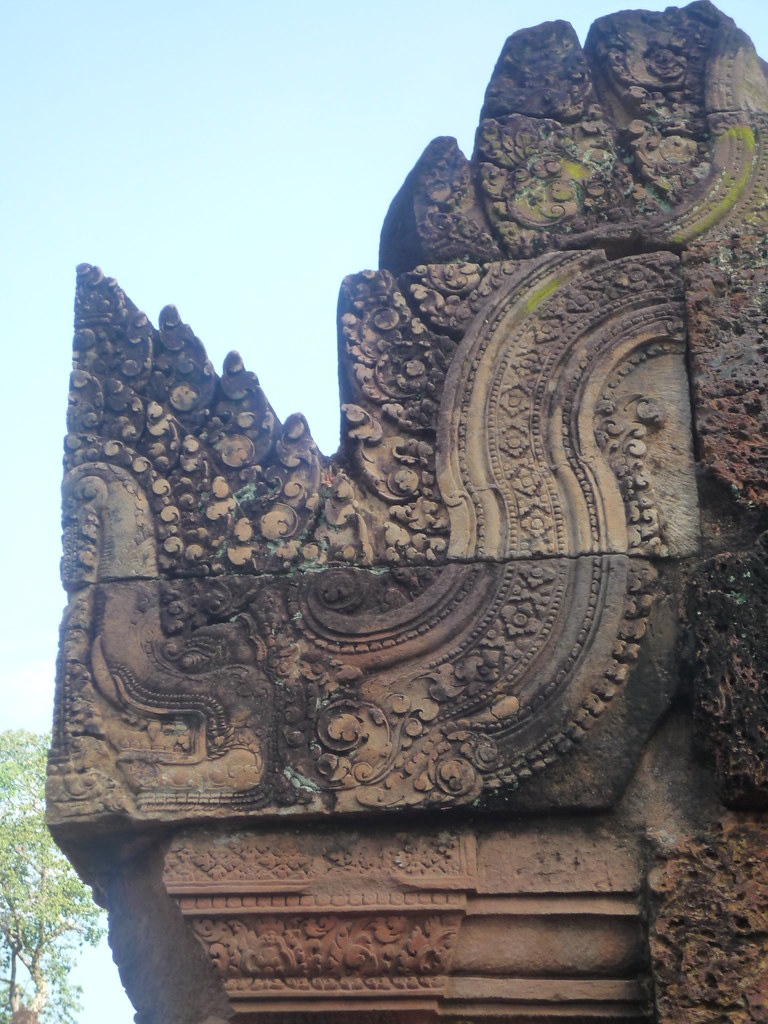

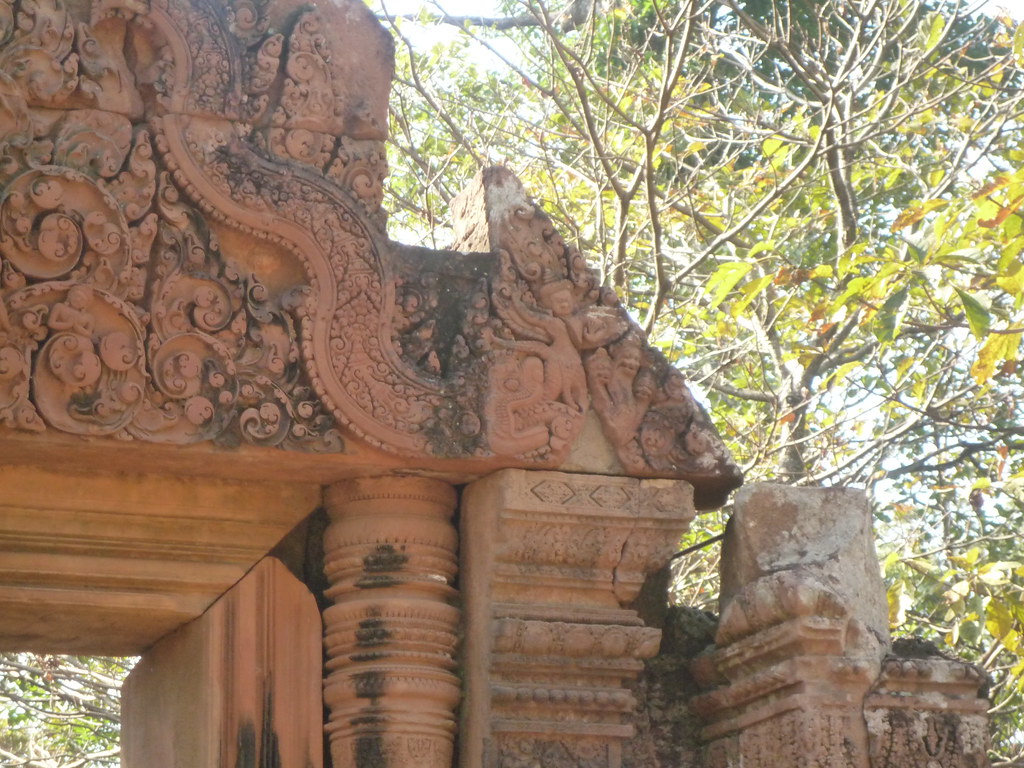

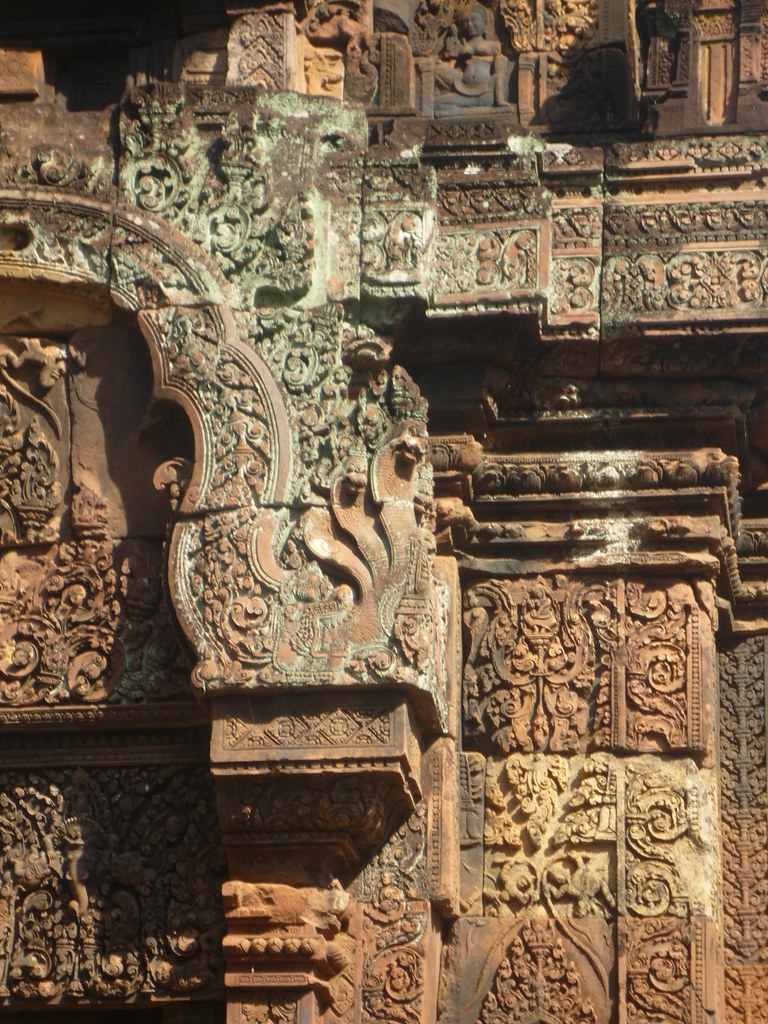

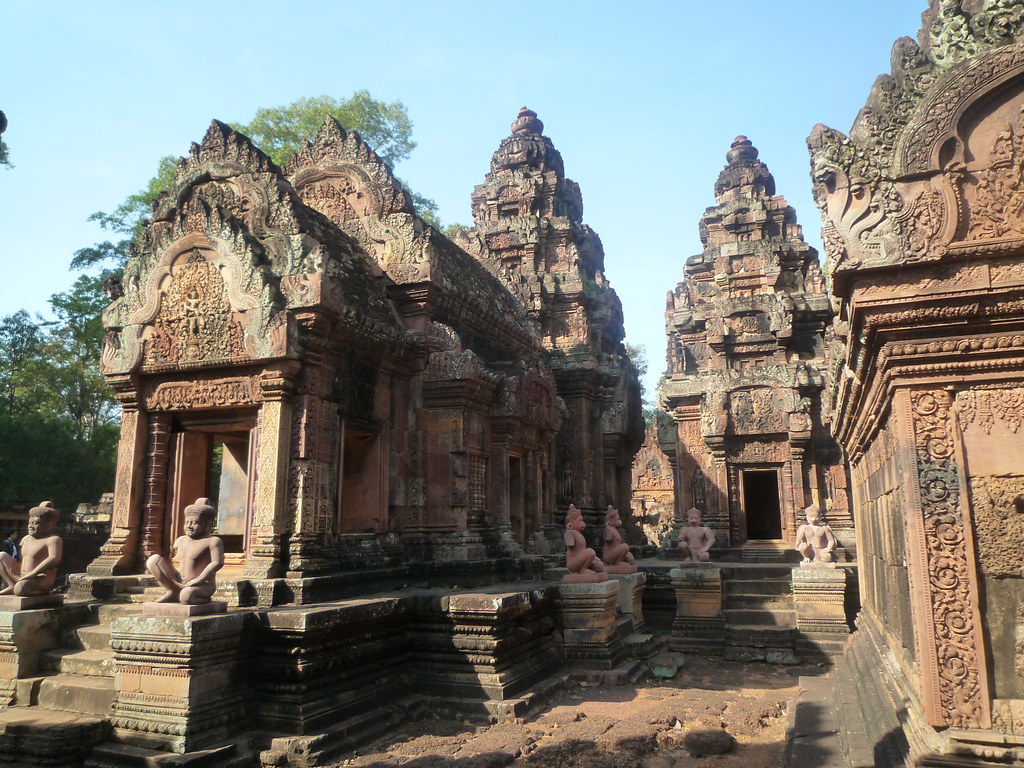
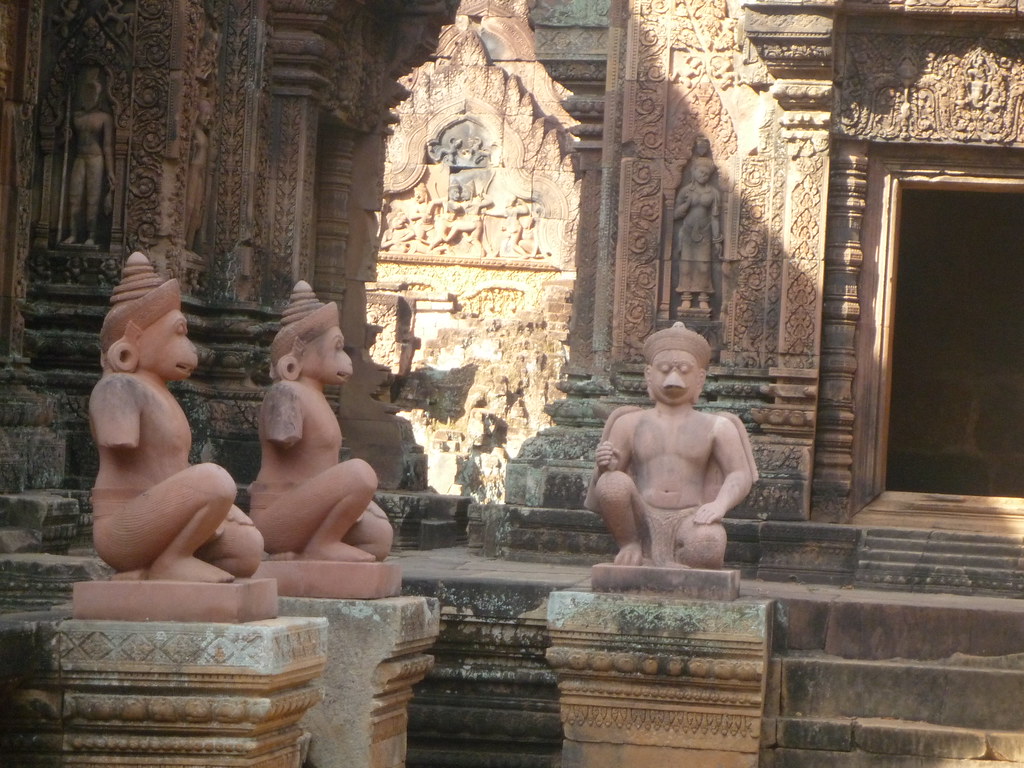
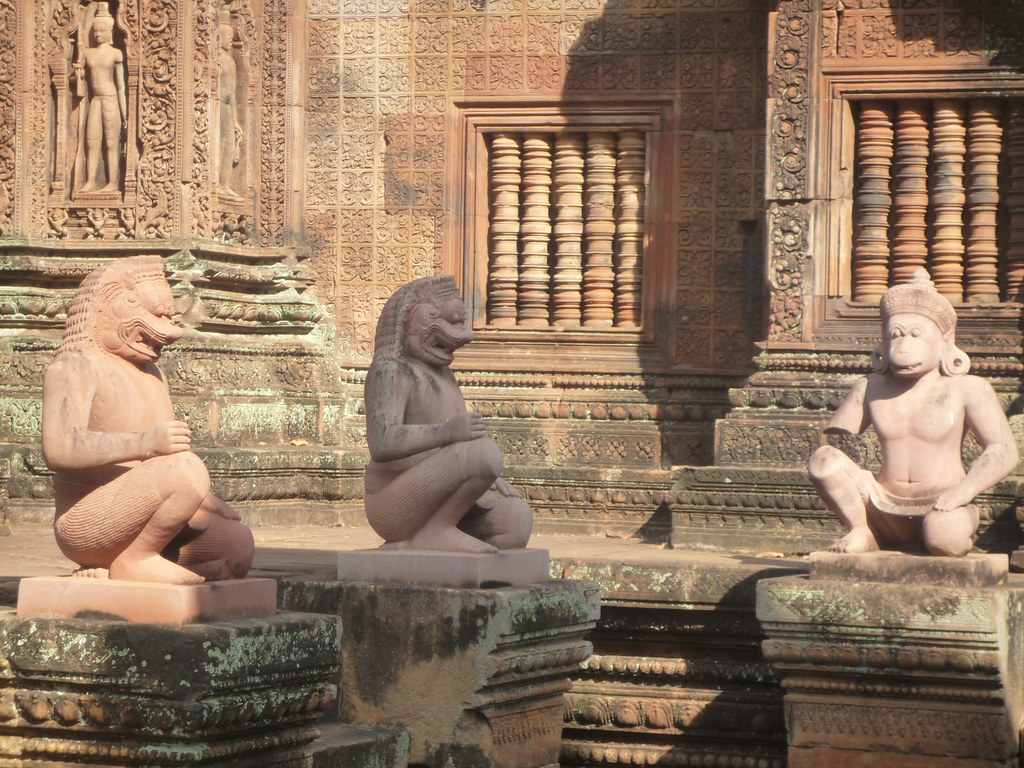
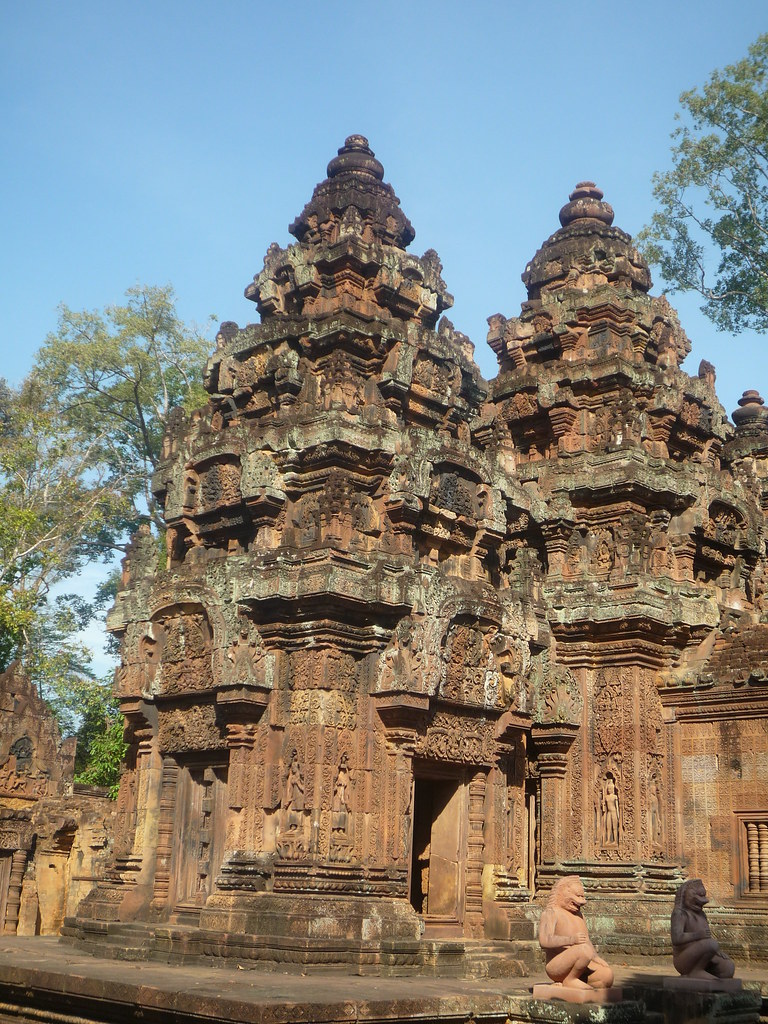
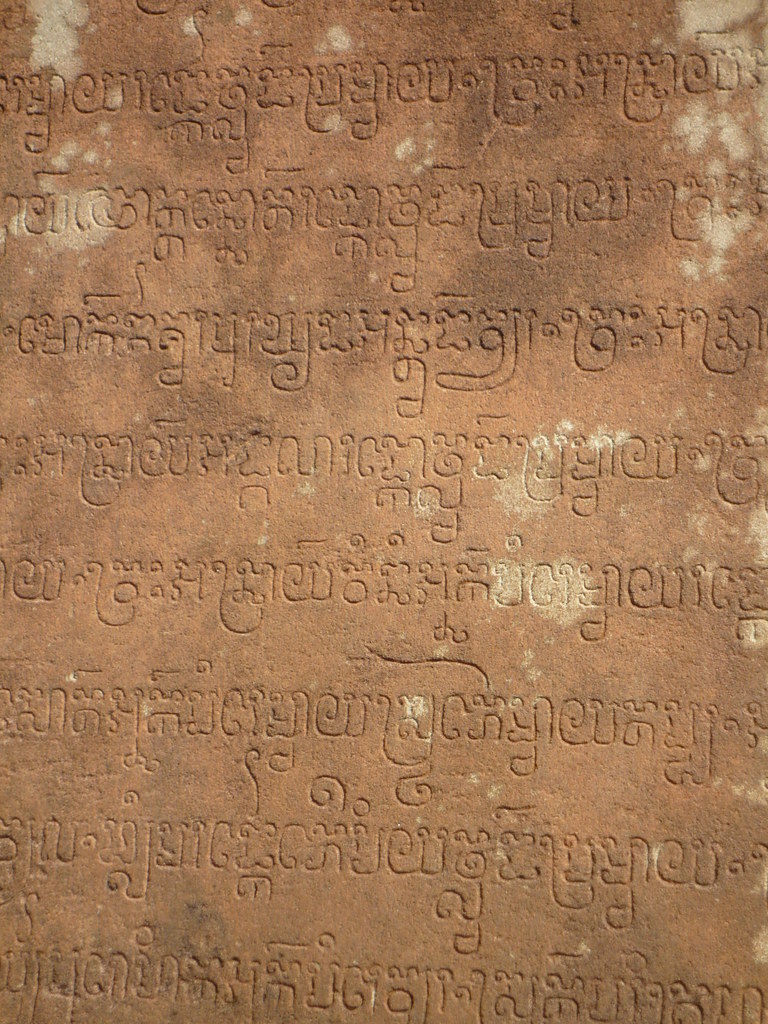
0 comments:
Post a Comment